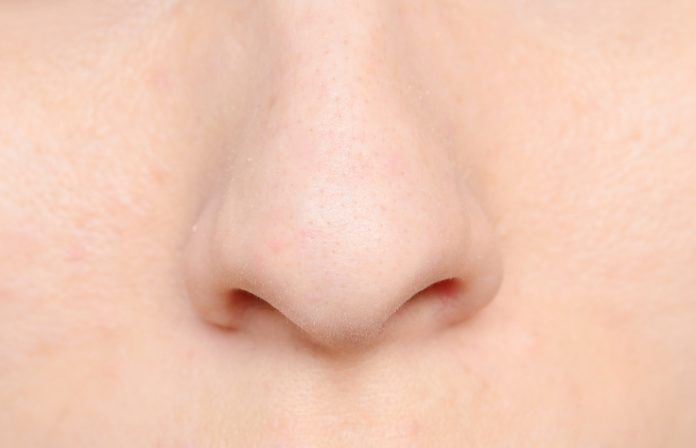According to the Alzheimer’s Association, odor identification testing and physical changes in and around the eye may help to detect cognitive impairment and Alzheimer’s disease at an early stage.
Two studies presented at the Alzheimer’s Association International Conference (AAIC) 2016 evaluated changes in odor identification as an early predictor of cognitive decline. They compared it to two established biological markers for cognitive decline and dementia: brain amyloid PET imaging and thickness of the brain’s cortex in areas important to memory.
Another two studies reported at AAIC found a strong association between thinning nerve layers in the retina of the eye and poor cognition, suggesting the potential of retinal imaging as part of early Alzheimer’s testing. Additionally, they discovered the presence of amyloid deposits in the retinas of people with Alzheimer’s, strengthening their utility as a possibility for pre-symptomatic detection.
“It’s clear that the science around biological measures in the detection of Alzheimer’s continues to gather pace and validation,” says Heather Snyder, PhD, director of medical and scientific operations at the Alzheimer’s Association. “Low cost, non-invasive measures to detect dementia-related changes and evaluate the risk of future decline continue to be refined and tested; this is a positive step forward to earlier detection and intervention.”
Currently, it is only possible to clinically detect Alzheimer’s relatively late in its development, when significant brain damage has already occurred. While PET imaging can show the buildup of amyloid plaques in the brain years before symptoms appear, PET scans are expensive.
“Using other biomarkers of Alzheimer’s disease to detect the disease at an earlier stage – which have the potential to be lower-cost and non-invasive – could lead to dramatic improvements in early detection and management of the disease,” concludes Snyder.









